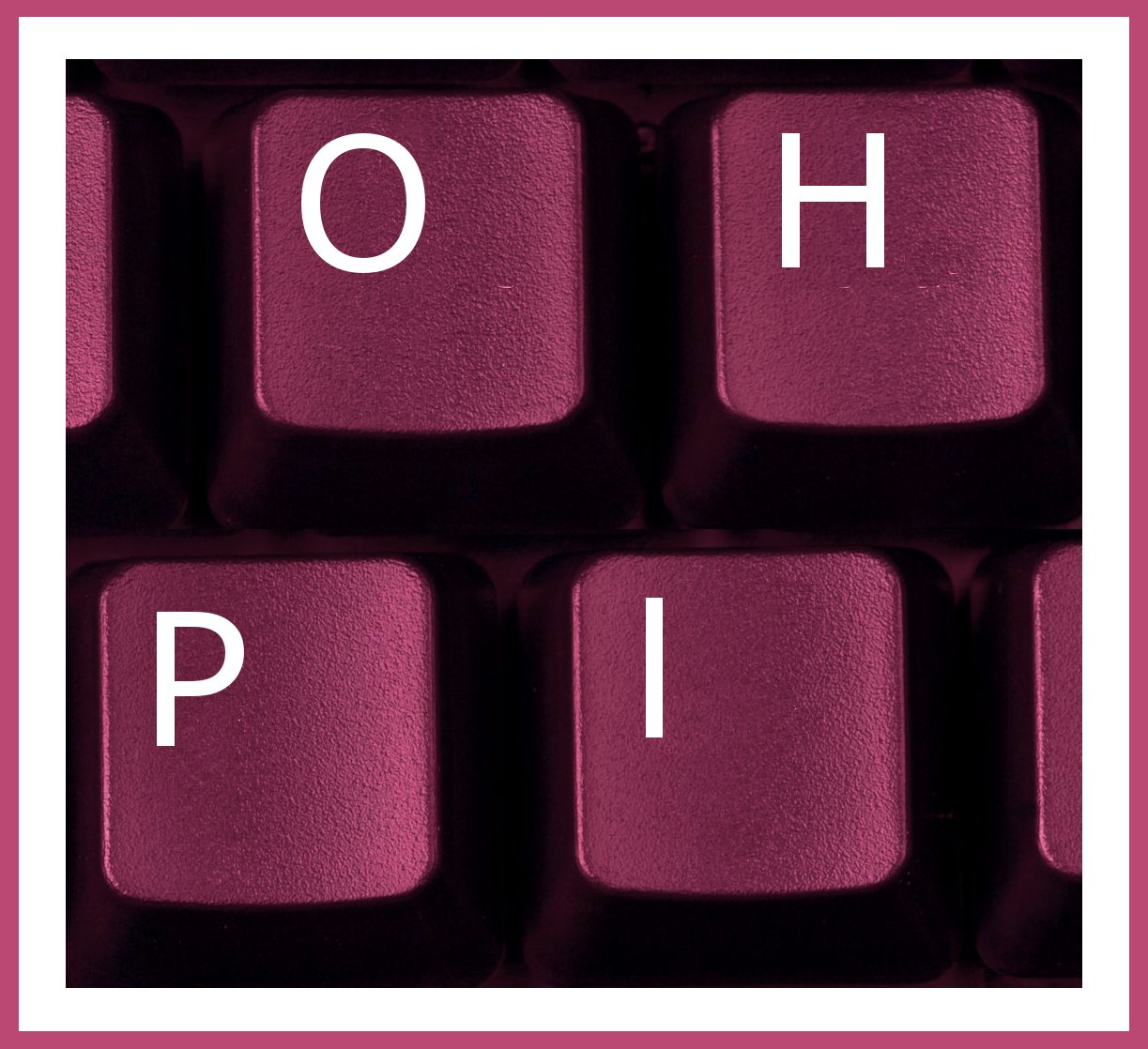Mark Zuckerberg has announced that Facebook will soon be adding a dislike button feature to its system. We welcome the addition of a dislike button which users have been calling for over many years. At the same time we believe there were good reasons to not have such a feature and that it’s addition poses risks which need to be mitigated and managed.
The dislike button will significantly increase traffic on Facebook which will generate additional revenue for the company. Unfortunately it will do so based on negative emotions. We need to reflect on the lessons from Facebook’s important, but unethical, experiment revealed last year in which they showed people only negative content and noted a corresponding increase in negative posts by those people. Questions were raised then about the emotional and mental impact on those they experimented on. We think the negative impact a dislike button can have on Facebook users cannot be ignored.
Here are the different ways in which the tool can be abused.
Increasing polarisation of society
The dislike button has the potential to further polarise society. “In the past, people lived in silos and only spread content in their network which they supported. With a dislike feature, assuming the content is then spread in a similar way to the like feature, people will see more content they disagree with and join the surge of their network’s negative reaction to it”, says Dr Andre Oboler, the CEO of the Online Hate Prevention Institute. This can’t be healthy. “For politics, and therefore democracy, this can only further feed the partisanship and hate campaigns we already see”, he adds.
A tool for trolls
In the area of racism, religious vilification, misogyny, homophobia and other forms of hate, this can give trolls seeking attention a greater measure of their impact and this may provide further incentive to them to cause distress in an escalating manner. On the other hand, the dislike button may have a positive effect as more people see the hate and report it. “The result will likely be an increase in the speed of the cycle of hate with new hate pages growing much more rapidly, but then also (we hope) being removed more rapidly. A faster cycle of hate promotion and removal is ultimately a problem as it gives the trolls faster thrills and allows them to more rapidly move on to their next campaign of hate,” explains Dr Oboler.
How to manage the fall out?
Currently, Facebook blocks the accounts of trolls who misuse the system. However, blocking their accounts will continue to be ineffective as they will generate new ones for each campaign. OHPI has two recommendations to prevent this.
- This first is a delay of 3 months before new accounts can be page administrators, and the suspension of relatively inactive accounts created at around the same time from the same internet connection (IP address) when a user is banned. This will make it harder to game the system.
- The second and more drastic idea is to institute IP blocks preventing particular internet connections from accessing Facebook if they are used to abuse the system. Wikipedia does this. For Facebook, it could lead to large dead zones in areas where there is public internet access. A more measured response building on this idea would be to prevent users managing a page from such connections but still allow them to access Facebook as a regular user.
The dislike button is a game changer for the way we use Facebook. It will lead to more engagement when people are using Facebook, a short term gain, but may lead to people spending less time on Facebook as they are exposed to more content they disagree with and the ensuing emotional ups and down become more evident.
NOTES
The Online Hate Prevention Institute (OHPI) is Australia’s National Charity dedicated to tackling the problem of online hate including online extremism, cyber-racism, cyber-bullying, online religious vilification, online misogyny, and other forms of online hate attacking individuals and groups in society. We aim to be a world leader in combating online hate and a critical partner who works with key stakeholders to improve the prevention and mitigation of online hate and the harm it causes. Ultimately, OHPI seeks to facilitate a change in online culture so that hate in all its forms becomes as socially unacceptable online as it is in “real life”.
